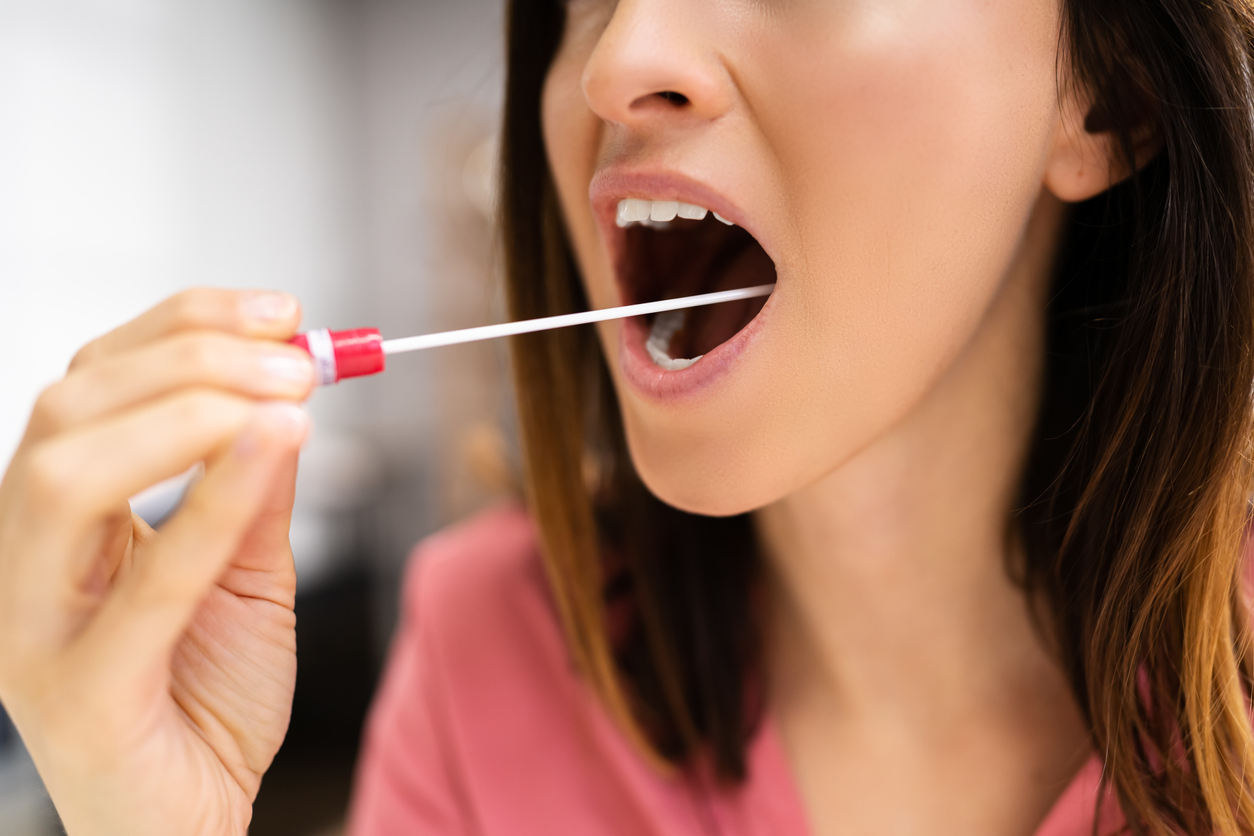An effective drug-testing program integrated into an organization’s hiring practices can assist in ensuring a safe and productive workplace. Complete transparency and consistency in administering drug testing are required whether the testing is done during pre-employment, as part of a random testing program, or as part of a post-accident drug testing (PADT) program following an on-the-job injury. To consistently enforce your PADT program, testing should be required as soon as your organization is made aware a work-related incident or accident has occurred.
There are various drug testing methods, including the use of a saliva-based swab drug test. Following are some of the benefits of saliva-based testing.
- Saliva tests can be conducted on-site following the workplace incident and provide rapid results. This expedites the testing process and facilitates faster decision-making. Additionally, 99% of the saliva tests are done by the injured workers so there is no transfer of fluids.
- In states where marijuana is legalized, saliva tests can detect THC in the system within a 24-hour window, reducing the time frame for positive results, which helps determine the root cause of the accident or incident. Urine tests are less reliable, as they can detect marijuana in the system for up to 30 days.
- Saliva tests are less prone to tampering than urine tests, making them a reliable choice for accurately identifying drug use in post-accident scenarios.
- Saliva tests are a less expensive option than going to a facility for a drug test. Prescient National partners with a provider for employers to purchase saliva tests in bulk at a discount.
- They are easy to use, non-invasive, and convenient. All the injured worker has to do is place the applicator in their mouth and collect saliva by swabbing the inside of the mouth, under the tongue, or along the gums. Once the swab is saturated with saliva, place it back in the applicator. Results are immediate, with color changes or markings on the testing device.
- Saliva tests offer privacy to individuals being tested, as the collection process is non-intrusive and can be conducted discreetly
At Prescient National, we recommend doing a 10-panel screen test. A five-panel test detects five drugs: cocaine, amphetamines, opiates, PCP, and marijuana. The 10-panel screening process tests for the same drugs as the five-panel test in addition to testing for barbiturates, benzodiazepine (valium), methadone, methaqualone, and propoxyphene. Each strip in the panel will indicate the drug and if the sample is positive or negative for that drug. If any test positive, the employer should either escort the injured employee to a facility to be tested immediately or utilize an associated confirmation kit (sends initial sample for secondary testing) to validate the saliva-based results.
A PADT will help employers better understand the cause of an accident, implement safety measures, reduce workplace injuries, and improve an organization’s loss history. The PADT is an effective risk management and cost-cutting strategy. In addition, the claim outcome might be affected if an impaired worker caused an accident and subsequent injury. It’s important that employers ensure they have a solid drug-testing policy and that it is reviewed by HR and legal.
About Prescient National
Prescient National works with employers to implement PADTs to help pinpoint the root cause of an accident. We have a post-accident hotline (1-866-987-0042) that can help arrange a drug test at any time of day or night. An employer can provide the claimant’s name and date of birth, the location of the accident, and the treating hospital, including whether the injured employee was treated at one facility and then transferred to another. Our staff will contact the ER or urgent care and request that the specimens be sent to an outside lab for PADT testing.




